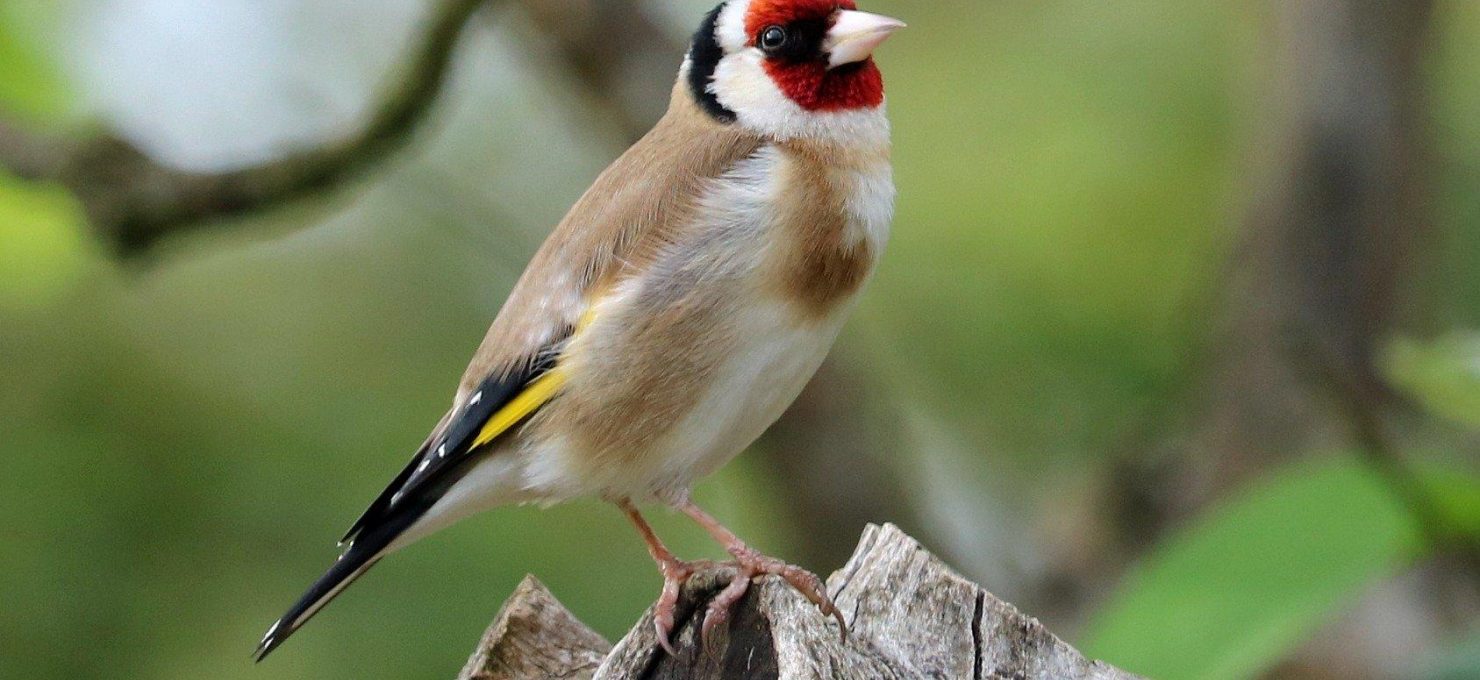
Top 5 Tips for Spotting Wildlife on your family staycation
Hands up who loves to spot wildlife on their family walks whether you’re strolling around near home or somewhere new on holiday? The delights of what is lurking under a leaf or hiding next to you in a hedge can be easy to miss. So, we asked award-winning wildlife photographer Andrew Scriven to reveal his top 5 tips on how to increase the chances of seeing wildlife.

Although Andrew has travelled across the globe to photograph exotic wildlife in far-flung destinations such as Antarctica, the Himalayas, and the Colombian rainforest, he has a real passion for spotting local British wildlife and helping others do exactly the same.
Speaking about how to make the most of family walks this summer, where ever you are, Andrew said: “The wonders of our world are all still out there for us. We just have to work a little harder to keep in touch with them right now. When I walk every day, I seek out a place of natural beauty, such as a local woodland, park or lake, and take the time to look and listen. I am regularly surprised by the number of creatures that still can be seen in such a short amount of time.”

Andrew’s top five tips on how to spot wildlife when out and about:
1. It helps to know what you’re looking for
It’s helpful to know what you might be able to see as you wander around a British woodland so before heading outdoors, do a little research on the local area and what can be seen. For example, if you’re heading to an area with a river, look out for the blue flash of a kingfisher and ducklings on the water. It may also help to research the common imprints and signs wildlife leave behind, such as animal tracks, droppings and hairs.
2. Be patient and watch the trees – the birds are there!
When I arrive in a nature reserve or park, the first thing I observe is the sounds around me and what I can hear. After appreciating the silence and breeze through the trees, start to listen in to the chirping of birds. Our world might have slowed down over recent months, but for the birds, it is business as usual. Listen out for chirps and then stop to look into the trees. Although it may take some time to spot a tiny bird calling out, it’s worth it and is a great way to truly reconnect with nature. For the best chances of hearing birds in the trees, take a walk during the early morning or at sunset, when birds are most vocal.
3. Be as quiet as you can and respect the local environment
It is sometimes hard to get close to a lot of the UK’s wildlife as many creatures will burrow away in hedges or hide in trees after hearing the sound of a human approaching. So, tread carefully. Make as little sound as you can and think about what you bring outside with you – noisy food like crisps and loud footwear such as flip flops aren’t always the best idea! The quieter you are, the more likely wildlife will be to present itself. It’s also important to respect wildlife and the landscapes they call home so be sure to keep a respectful distance when viewing nature, however tempting it may be to get a closer look.
4. Slow down and look down – nature is all around
Even when you are very close to wildlife, it can still be hard to spot. You can be standing next to a hedgehog and miss it since animals are generally very adept at camouflaging into their environment. My three-year-old daughter has brought my attention to so many interesting insects and small mammals on the ground, simply by looking down and paying attention.
5. Pack binoculars and a camera
Those keen to get a closer look at nature, such as at the intricate feathers of a goldfinch or the markings on a fallow deer, can prepare by packing a pair of binoculars. Using binoculars during a daily walk is a simple way to get closer to nature without intruding. It’s also worth thinking about your positioning when searching for wildlife through binoculars – use the lie of the land to your benefit and undergrowth to hide your approach. And of course, it’s a great idea to always carry a camera or smartphone to take photographs of your spots – you never know what you’re going to see and want to share with others.
Andrew Scriven is working with the world-leading manufacturer of long-range optics, Swarovski Optik to show families how to get up close with our wonderful wildlife and see the unseen. www.swarovksioptik.com
To find out more about Andrew Scriven’s his great work head to www.andrewscriven.co.uk
